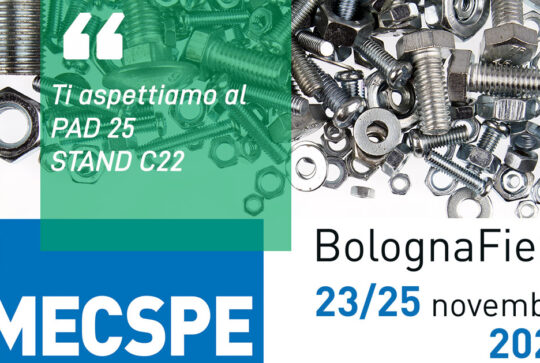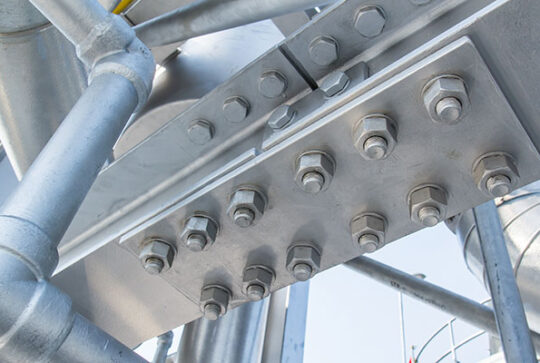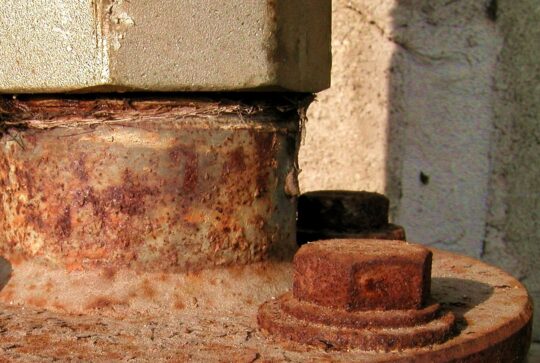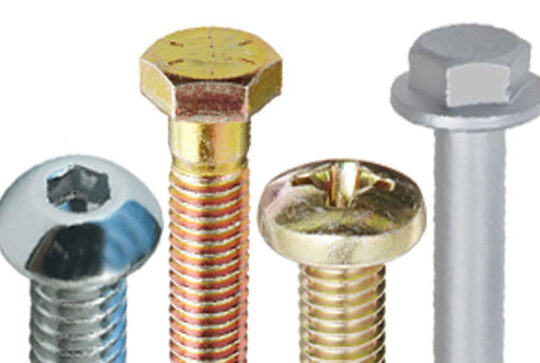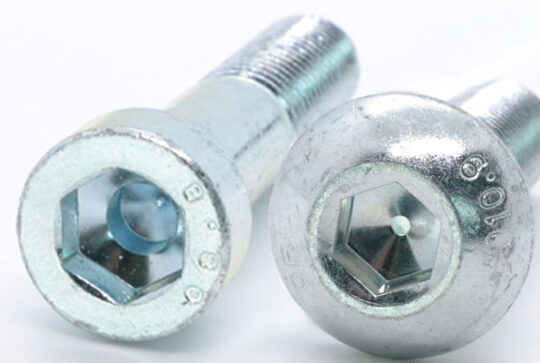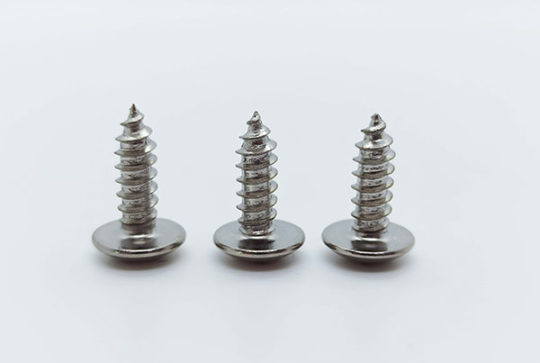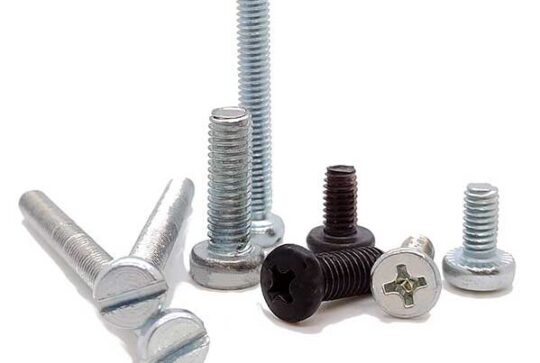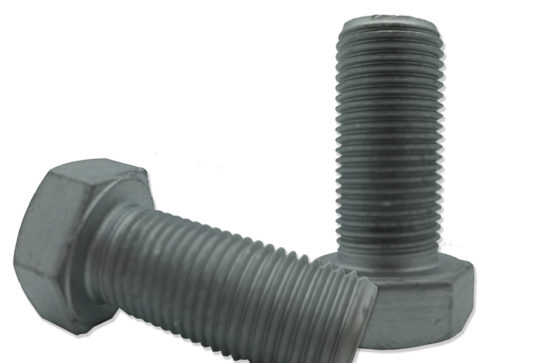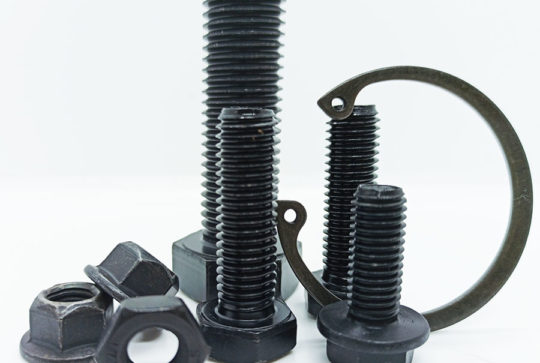Mecspe 2021
After more than two years from the last event, we are glad to announce that we are going to attend MECSPE exhibition, technologies for innovation and industry 4.0. (Bologna-Italy, 23rd-25th November 2021)
In the new location of the Bologna exhibition area, our staff will be at your full disposal (more…)
